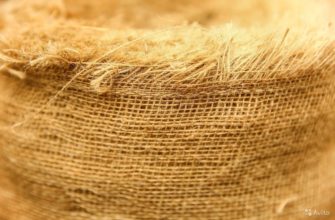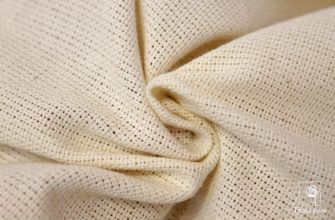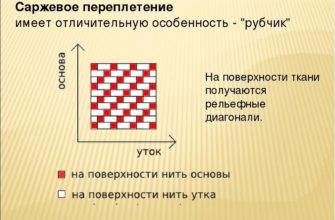Knitwear has been known for a thousand years. It is difficult to find a person whose wardrobe does not include items made of this material. Light dresses, warm sweaters and scarves, sportswear and many other essential items are sewn from it. Despite its enormous prevalence and demand, not everyone still knows what knitwear is.
- Production technology
- Properties and characteristics
- Advantages and disadvantages
- Types and Applications
- Features of knitted weaving
- Crosswise knitting
- Features of some knitted fabrics
- Single jersey (supreme)
- Jersey
- Footer
- Lacoste
- Biflex
- Eraser (ribana)
- Jacquard
- French knitwear
- Stretch
- Gippel
- Fleece
- Cashcorse
- Dior
- Velours
- Plush
- Selanik
- Angora
- Mahra
- Otto
- Care tips
Production technology
Knitwear is a stretchable knitted fabric that has attractive performance characteristics. The material is made from natural cotton, linen, wool, as well as synthetic and artificial threads, intertwined with each other using special equipment.

Knitted items are made on knitting machines or by hand on knitting needles. First of all, a knitted item is knitted. After that, it is cut and sewn.
Knitwear products are lightweight and comfortable. This is achieved thanks to excellent stretchability and plasticity. The material is produced in the following ways:
- Cutting. First, a piece of fabric is made, from which the necessary elements are cut out according to patterns prepared for sewing clothes. The parts are sewn together on a special machine. The method is used for inexpensive products, underwear, outerwear and gloves for mass consumption, since a large amount of waste is produced in the process.
- Regular. Most suitable for small-scale production. The method is economical, but at the same time extremely labor-intensive. It involves the use of expensive raw materials and the production of a whole product at once.
- Semi-regular. In terms of time and raw material consumption, the method is considered quite economical. It is used mainly for the production of outerwear. Knitwear is made on a circular knitting machine.

Depending on the category of knitwear, different knitting machines are used. Circular knitting machines are used to perform stockinette stitch, and felt weave is performed on a single circular knitting machine.
At the final stage of production, knitwear products are given a presentable appearance. Depending on the model, the following types of finishing are used:
- plain dyed - the finished fabric is dyed in a single color;
- motley knitted - as a result of special processing, the fabric acquires a multi-colored shade, and the interweaving of threads is carried out after dyeing;
- bleached - the material is lightened to a light cream or uniform white color;
- unfinished - the material is not subject to additional finishing and has a natural shade.
For your information! After processing, knitted fabric can be fluffy or smooth. The first effect is achieved thanks to special cones and needle tapes located on the shafts of pile machines, which create pile on the surface of the material.
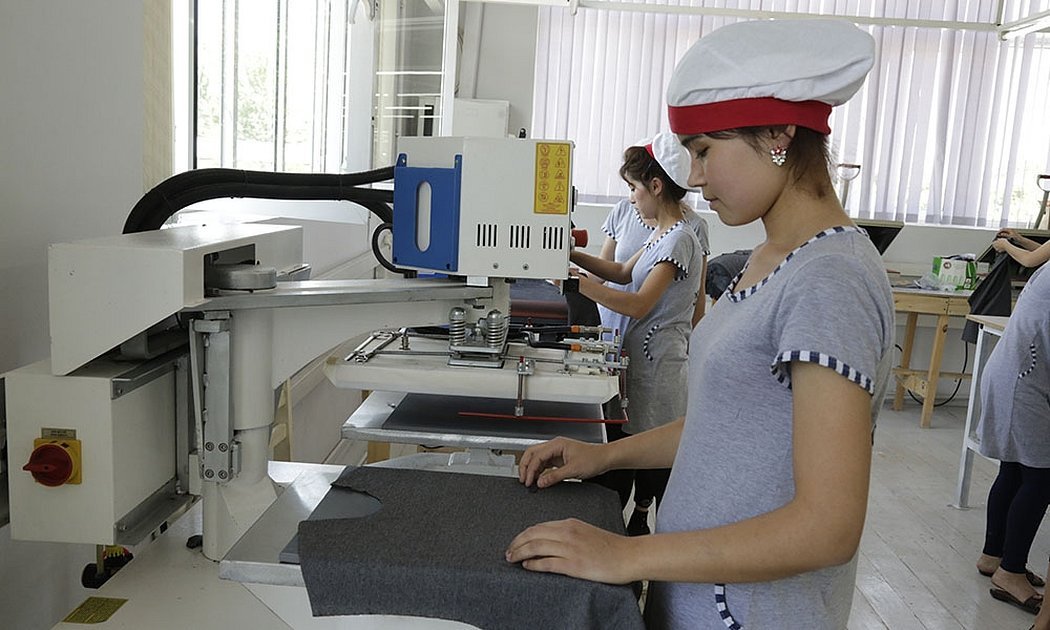
Properties and characteristics
Before purchasing a product, you need to clearly understand what knitwear is - what kind of fabric it is and what properties it has. All consumer characteristics inherent in this material are conventionally divided into groups:
- aesthetic. Determined by the stylistic direction, functionality and integrity of the model’s composition;
- hygienic. This group includes such properties as permeability, electrification, as well as heat-protective and hygroscopic properties;
- operational — these are properties related to the service life of the product. They are determined, first of all, by the structural features of the material and its quality. These include elasticity, dissolution, resilience, strength, stretchability, dimensional stability and repairability.
Despite the fact that knitwear is a multifunctional material that can be made from wool, cotton, synthetic and combined fibers, the most popular for a long time is considered to be that made from cotton. This is explained by its natural base, ease of care, safety and hypoallergenicity.
Please note! Experts, on the contrary, recommend giving preference to combined options, since the use of additional synthetic fibers gives the product good operational and working characteristics.
In any case, as practice shows, knitwear is a durable, stretchable material with a dense surface.
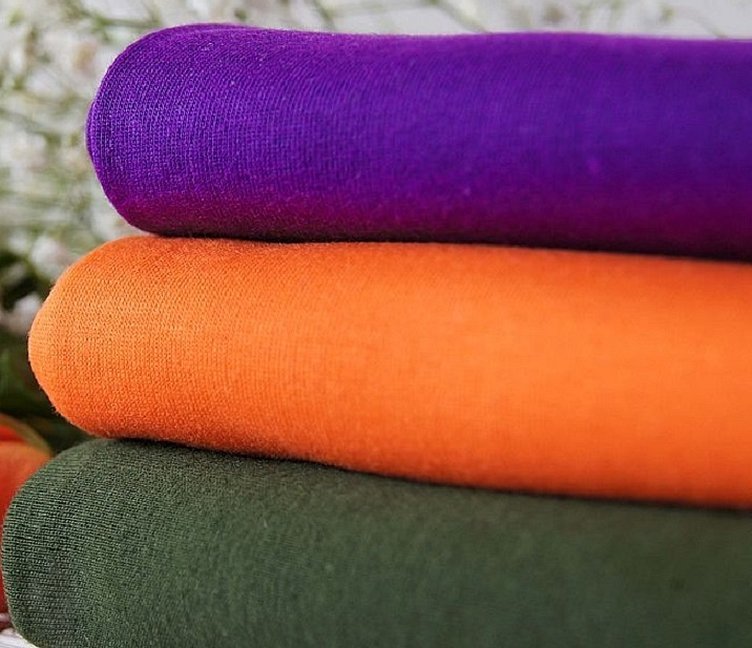
Advantages and disadvantages
Today, knitwear is recognized as one of the most common and sought-after materials in the textile industry. It has the following advantages:
- stretches in all directions;
- does not wrinkle;
- has unique air permeability, thanks to which it is not hot in the heat and warm in the cold;
- can be either voluminous or graceful and thin;
- does not lose shape with prolonged use;
- knitwear does not restrict movement;
- pleasant to the touch;
- durability and wear resistance;
- hygroscopicity;
- does not accumulate static electricity;
- easy to care for;
- The products are available at reasonable prices.
Please note! Besides, one should not be completely sure that knitted fabrics are materials that have only advantages. Like all other materials, they have certain disadvantages.
The main disadvantage of such things is their primitive appearance. Only those with slim figures can afford to wear knitwear, since the material fits tightly to the body shape. Products made of knitwear and sold at a low price can cause an allergic reaction, since low-quality raw materials are used in their production.
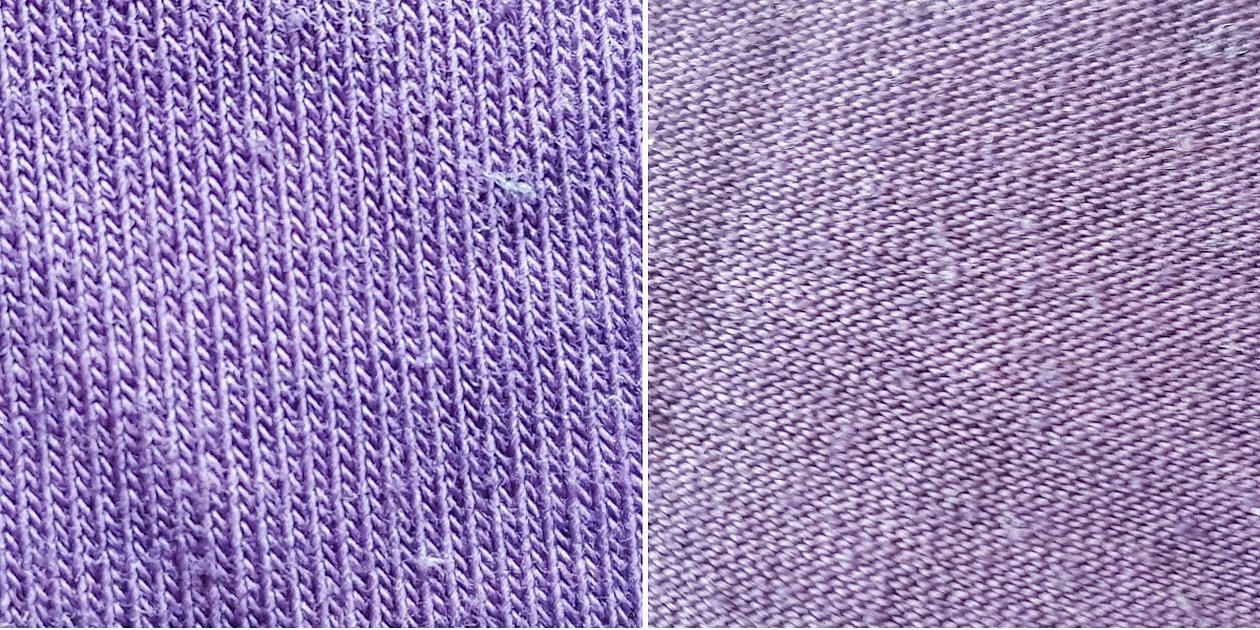
Types and Applications
Knitted fabric - many people know what it is, but not everyone understands how it differs and how it is classified. The material is divided according to the following parameters:
- by composition;
- by structure;
- by type of weave;
- by type of raw material.
According to composition, knitwear can be:
- cotton;
- woolen;
- synthetic;
- combined.
According to experts, the best of the listed types of knitwear is considered to be the combined option, which can be:
- mixed. A small amount of other fibers is added to the base;
- heterogeneous is characterized by the impossibility of isolating the predominant fiber;
- Vigona is made from a cotton base with the addition of wool fibers.
Please note! Depending on the structure, the material can be warp-knitted or cross-knitted. As for the weave, it can be main, derivative, combined and complex.
Types of knitted fabric by finishing method:
- harsh;
- bleached;
- plain dyed;
- motley knitted.
In addition, knitwear is classified by the type of raw material from which the material is made. It can consist of threads, yarn, or be combined.
Knitwear is used for sewing:
- men's, women's and children's clothing;
- hosiery;
- linen and home clothes;
- bedding sets;
- outerwear and sportswear;
- hats and scarves;
- gloves and mittens.
Please note! The wide use of knitwear for the production of products is explained by the variety of threads, shapes and knitting methods.
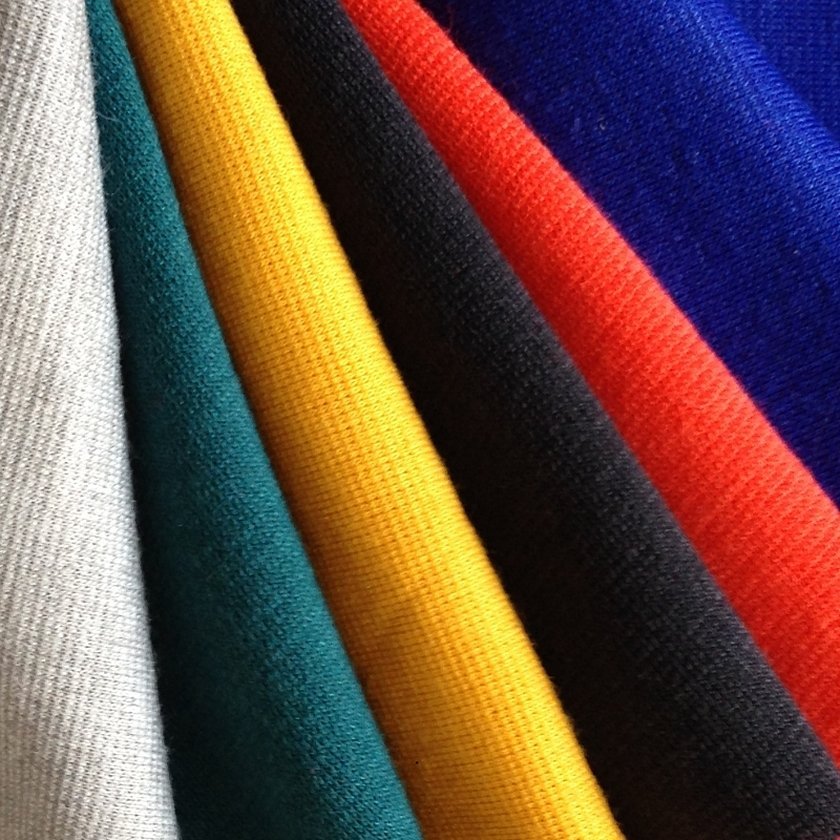
Features of knitted weaving
When asking the question, what kind of material is knitwear, people begin to look for information about its properties and characteristics. Its striking similarity to ordinary fabric often confuses many who do not have the information. Knowing its features, it is quite easy to determine whether it is knitwear at all.
Many people often ask whether knitwear stretches or not. Real knitwear has a clearly visible loop structure, which is distinguished by its elasticity.
Depending on the weave, the material can be warp-knitted. Such fabric is created by a bundle of fibers that form the base. This category of weave is used in the manufacture of satin, cloth and special weave that allows for fringe for decoration.
Please note! Products created on the basis of warp knitted fabrics do not unravel.
In addition to warp knitwear, there is another category of weaving - cross-knit.
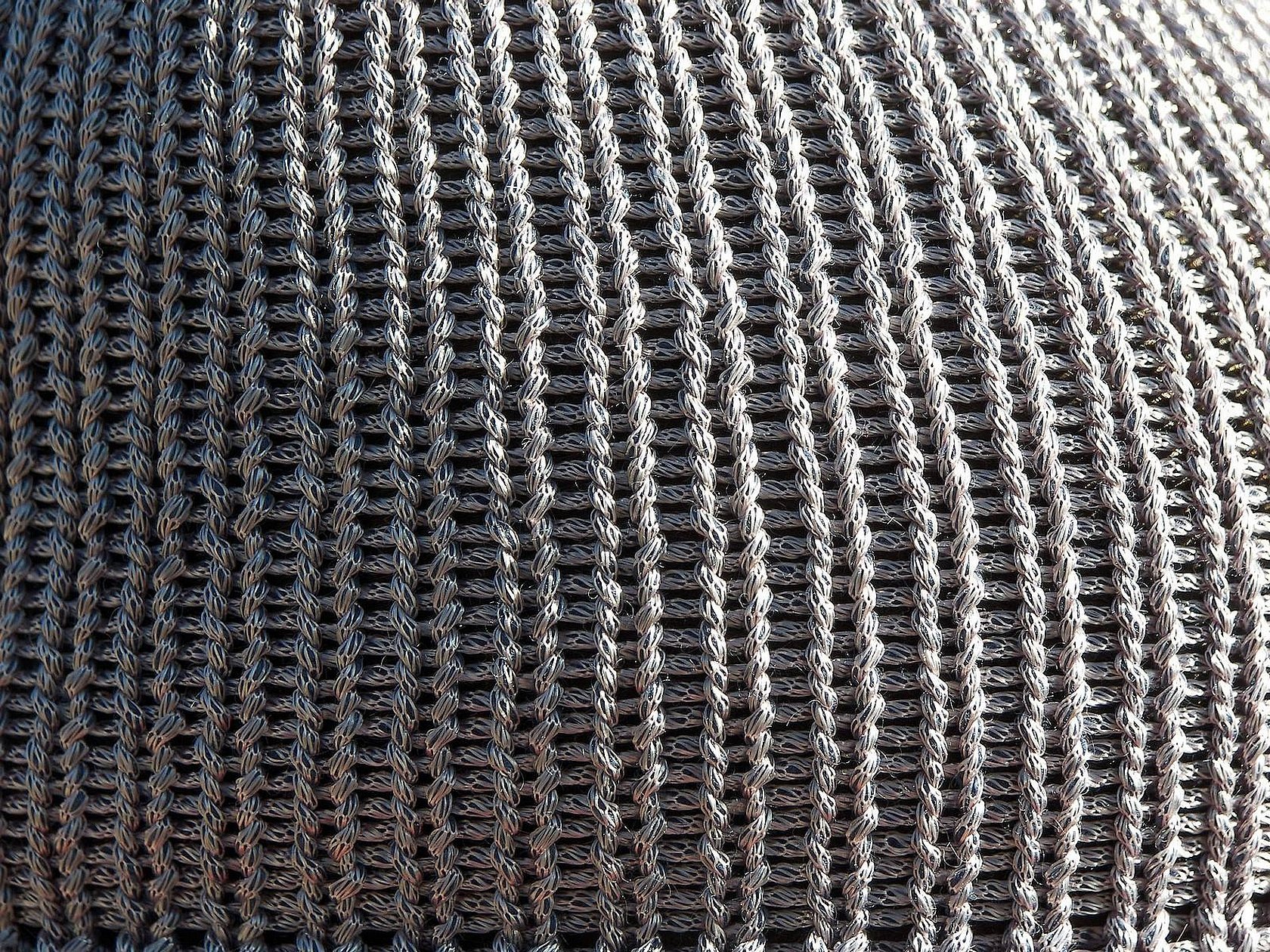
Crosswise knitting
Cross-knitted fabrics are distinguished by the fact that the loops of one row are always straight and are successively connected to others. The most common fabrics in this category include:
- jersey - woolen knitwear that is used to produce elegant dresses and business suits;
- satin - a fabric that is lightweight, has no fleece, and has separate front and back sides. The material is thin, so it is used mainly for making summer clothes;
- interlock, which contains cotton with the addition of elastane. It is used in the production of T-shirts, underwear and pajamas;
- diving is distinguished by its ability to fit tightly to the body and repeat even the slightest curves. Circus costumes, leggings and stretch leggings are made from it;
- elastic is an ideal material for the production of sports swimsuits and turtlenecks. To make the fabric elastic and the product to hold its shape well, lycra is added to it.
Cross-knitted fabrics withstand stretching along the cross thread perfectly and easily unravel in all directions.
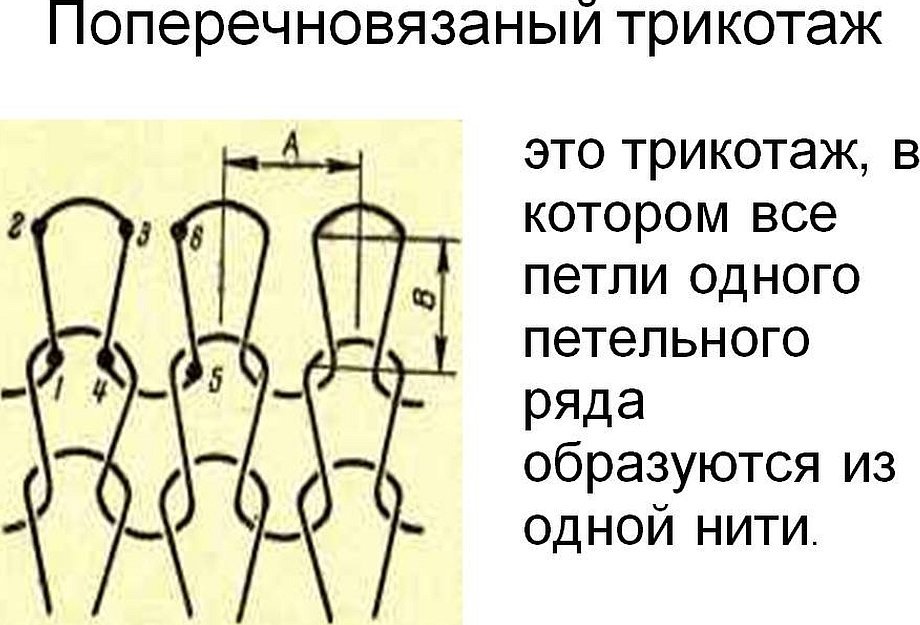
Features of some knitted fabrics
The variety of knitted fabrics is great, therefore, in order to select the necessary material, it is necessary to take into account its characteristics and features. Not so long ago, many preferred to use only universal materials when sewing clothes, such as Milano or jersey. Nowadays, all kinds of knitwear are used.
Single jersey (supreme)
The fabric is considered the thinnest of all the varieties. Clothes made from it are light, airy, hygroscopic, excellently breathable and pleasant to wear.

It is 100% cotton, so it is often used for sewing rompers, undershirts and other children's accessories, as well as summer dresses, sundresses, shorts and T-shirts. When elastane or viscose thread is added to the fabric, it provides the product with strength and elasticity.
Jersey
The material stretches well and is produced using a single weave method. The composition of the fabric can be mixed and include viscose, wool or cotton. It is also produced completely synthetic and practically does not wrinkle.
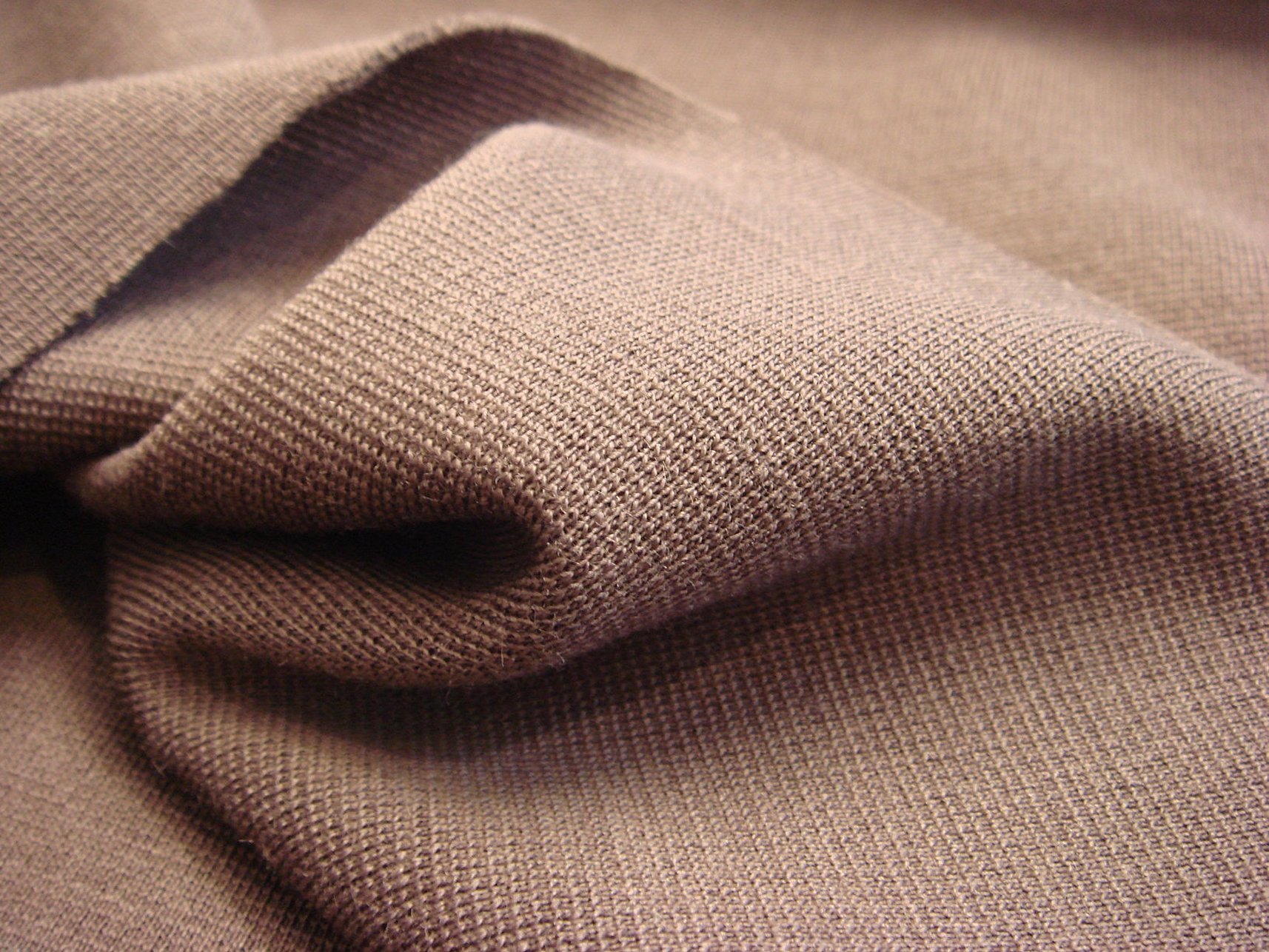
Footer
The material is made of natural cotton with a fleece. Warm, soft and comfortable footer is used for children's clothing, underwear, pajamas, dressing gowns and tracksuits. The density of the material is affected by its type. The fabric can be two-thread or three-thread. The disadvantage is shrinkage after the first wash.
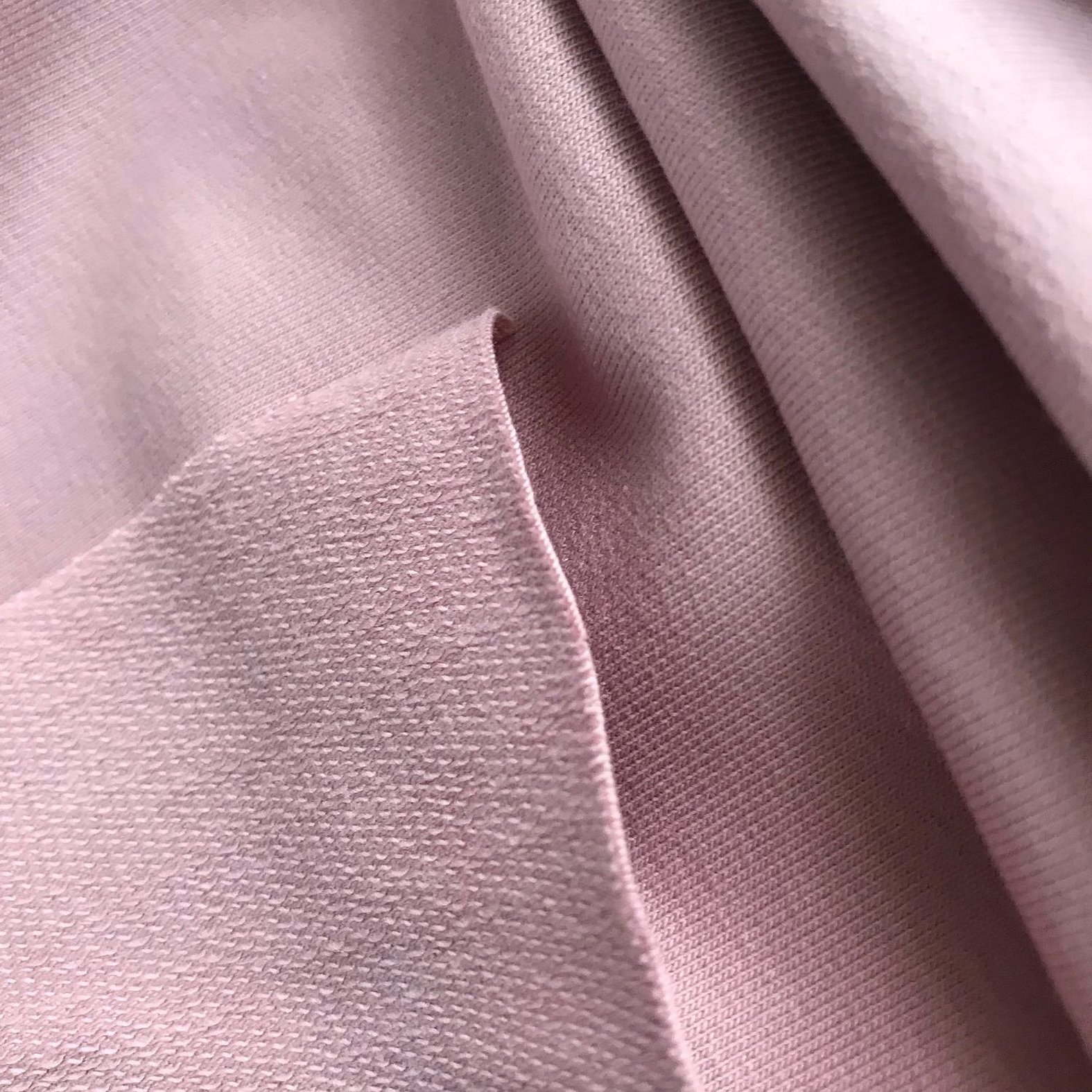
Lacoste
Cotton fabric, the main difference of which is the characteristic weaving of threads, forming a mesh structure. It is used for sewing shirts, T-shirts and vests. The famous manufacturer of clothes based on this fabric is the French company "Lacoste".
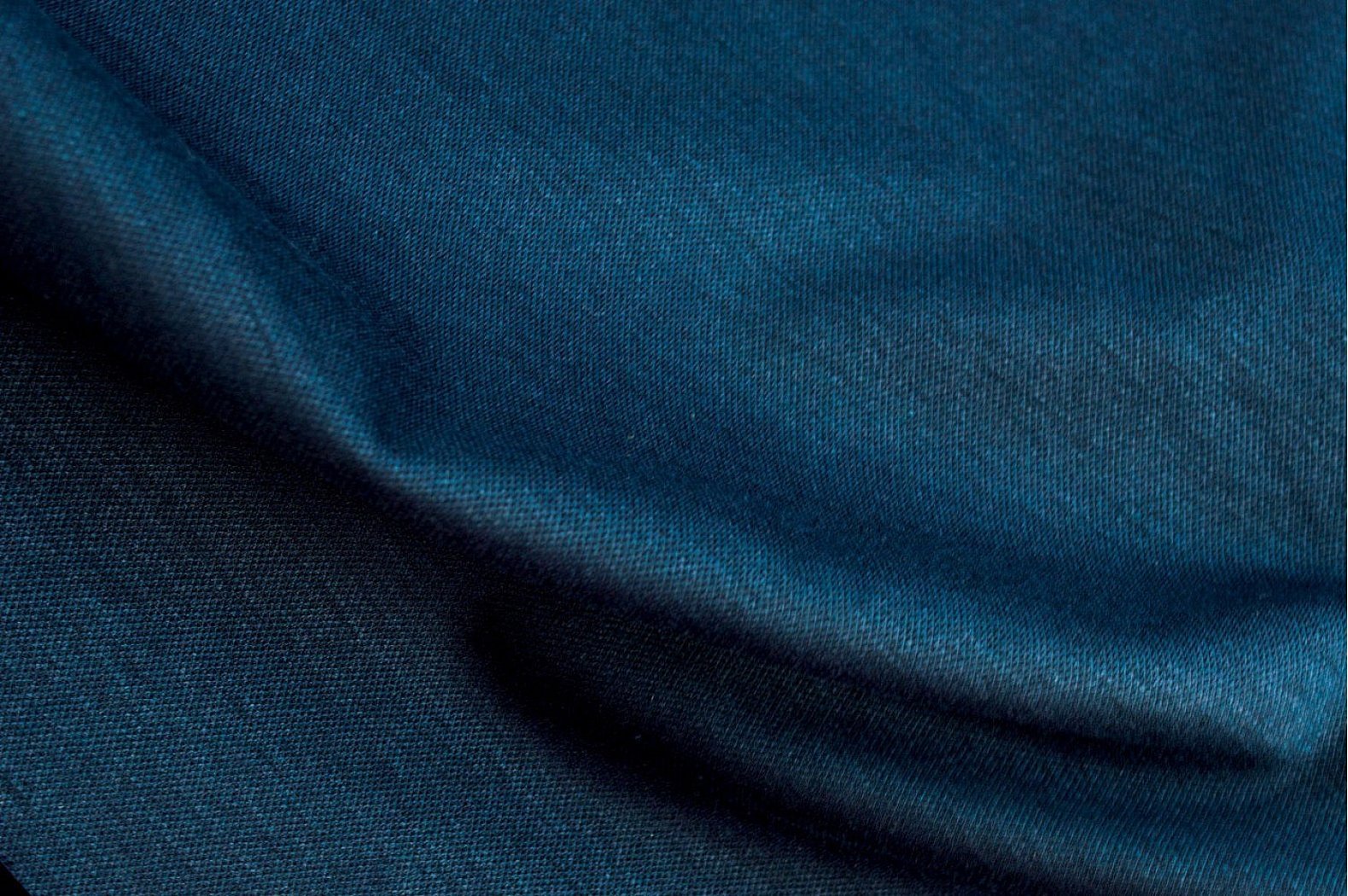
Biflex
A durable, colorful material that stretches well in all directions. It consists of nylon threads and a certain percentage of lycra. This dense knitwear is used to sew dance, gymnastics costumes, swimsuits and circus outfits, and it also helps to dress up the images of theater actors.
Eraser (ribana)
Ribbed knitwear, characterized by its elasticity and flexibility due to the addition of lycra fibers. It is used to make cuffs, necklines of outerwear, and garments for people of different age groups. It does not lose its shape and is long-lasting.
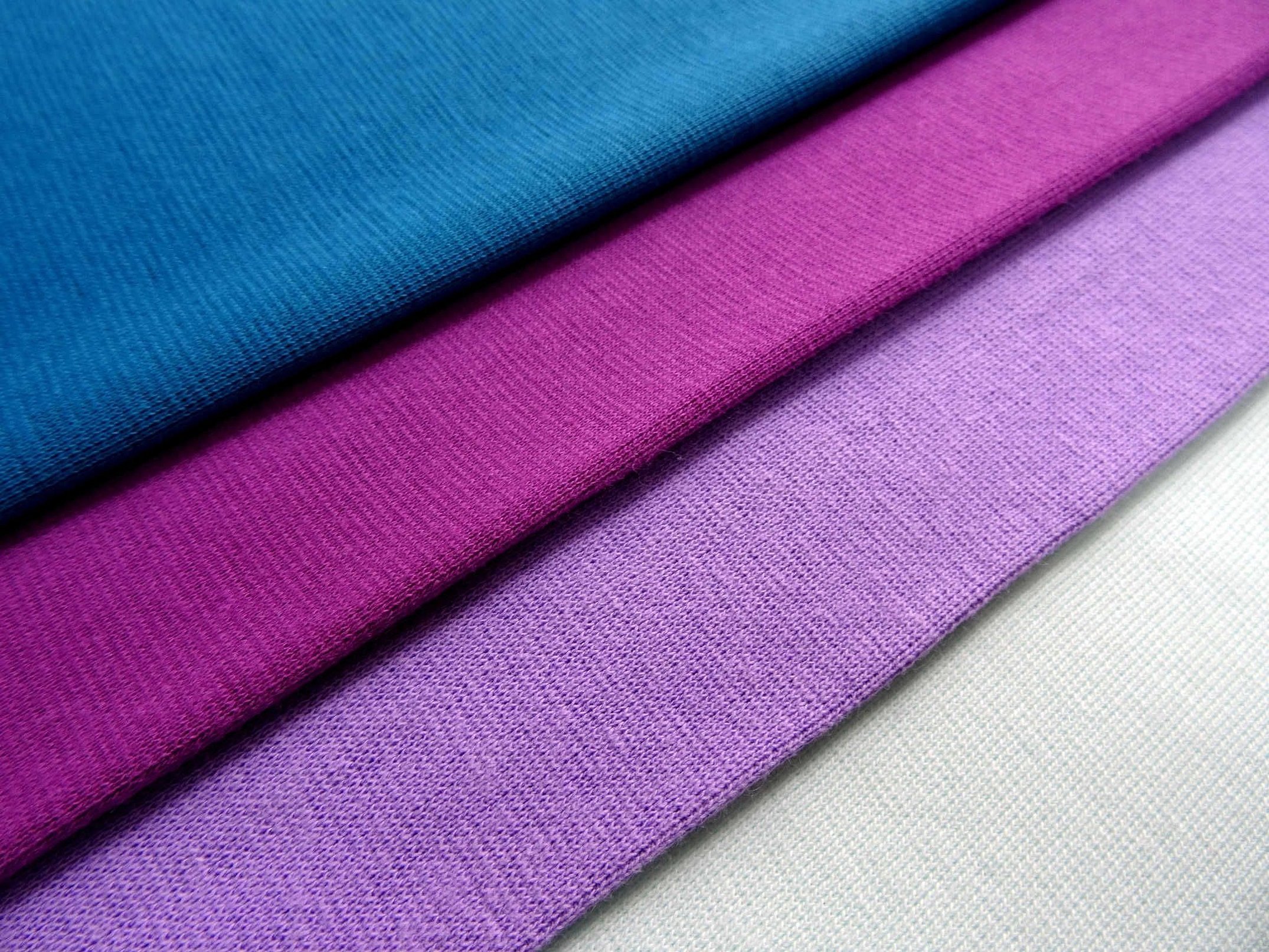
Jacquard
A fabric that is made from various materials, both natural and synthetic or mixed. It is distinguished by its noble and refined appearance, durability, resistance to deformation and pleasant to the touch texture. A certain weaving method is used in the production of the fabric. Jacquard is used to sew bed and table linen, curtains, clothing and furniture covers.
French knitwear
This is a fabric obtained by interweaving a viscous double thread. According to the description, the material holds its shape perfectly and does not wrinkle at all during wear. It is used for sewing skirts, trousers, dresses and sweaters.
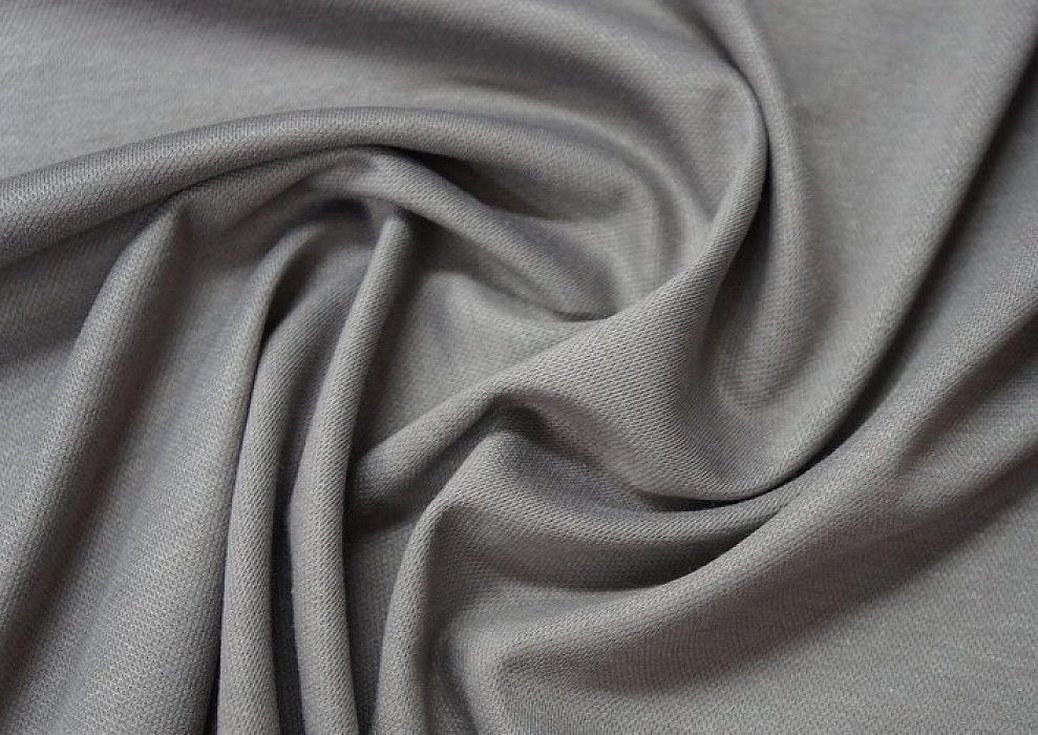
Stretch
It is made from an elastic artificial fiber called spandex. It is most often used in clothing production in combination with cotton or nylon. It does not lose its shape during wear and stretches well.
Gippel
An elastic and light material consisting of cotton and lycra fibers. Thanks to the original weaving, it forms an original pattern on the canvas.
Fleece
It is durable, lightweight and soft. It is made of polyester on special machines. It is used to produce inexpensive sportswear, casual wear, children's wear, as well as blankets and bedspreads.
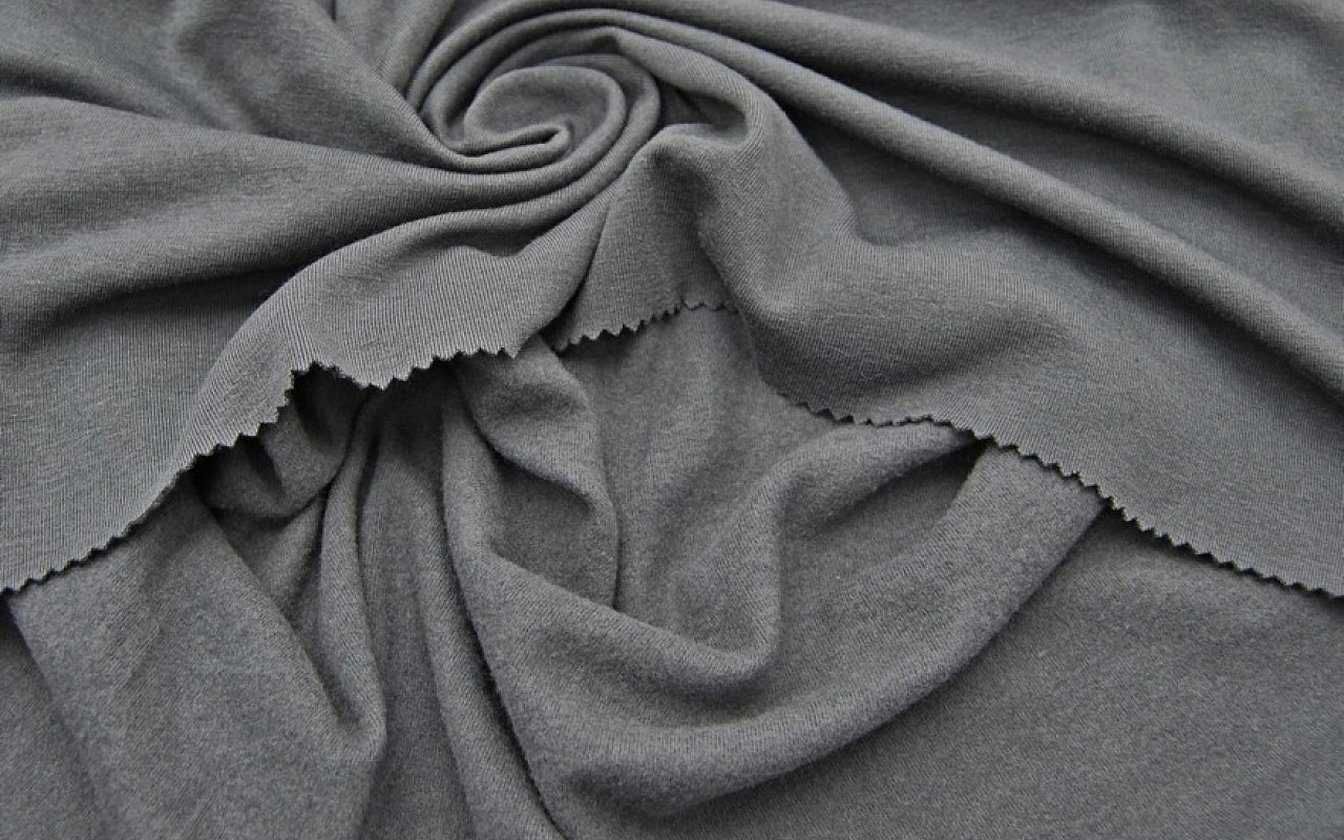
Cashcorse
The fabric consists of cotton, synthetics, lycra and spandex. It is used for finishing the edges of sleeves and necklines, as well as for sewing clothes.
Dior
A modern textured material that is often used to sew elegant items. It is distinguished by its beauty and elegance. Due to the content of synthetic fibers, the fabric does not lose its shape and color even after a large number of washes.
Velours
A beautiful, soft and delicate fabric covered with velvety pile, which is used for sewing tracksuits, trousers and dresses.
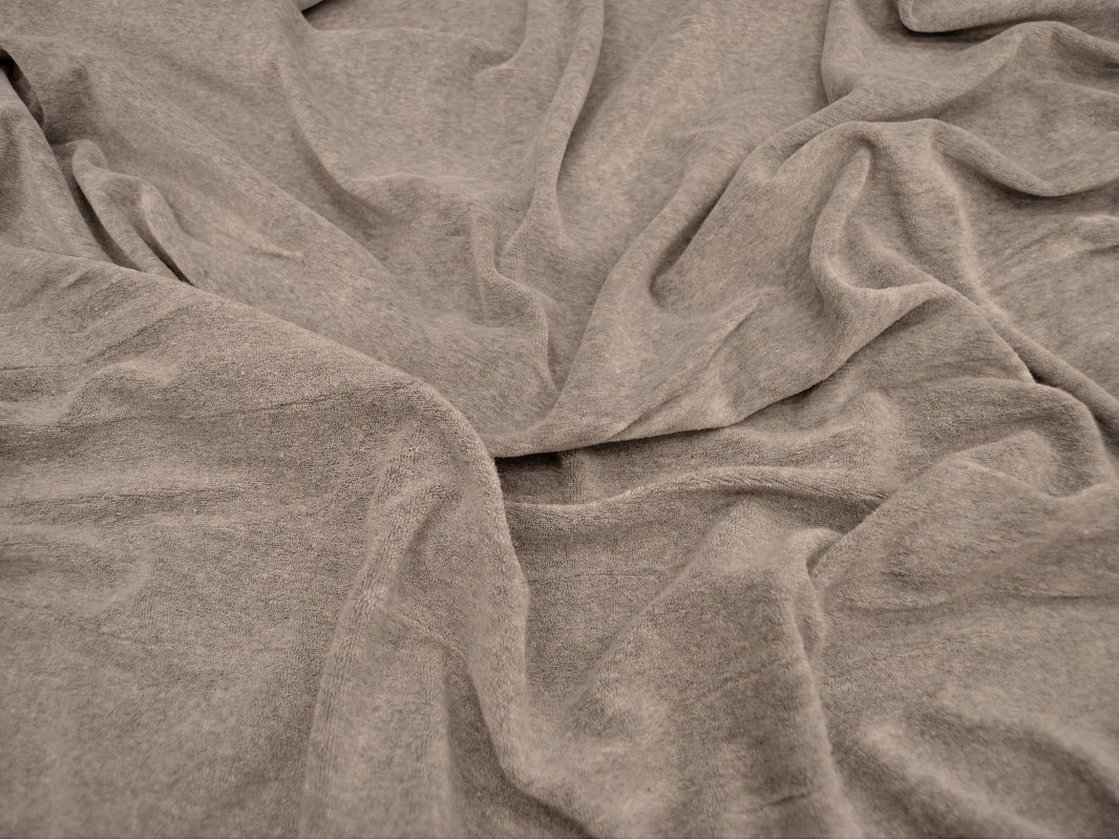
Plush
Resembling artificial fur in appearance, this soft, fluffy and delicate textile is used to make toys, upholstery for upholstered furniture and clothing.
Selanik
This is a dense knitted fabric that is very soft and pleasant to the touch. When worn, the fabric does not roll or stretch. It is used for sewing children's and sportswear, dresses, jumpers.
Angora
A soft and fleecy fabric that includes wool, elastane and actyl. Recently, synthetics have been used as the base of the fabric, but this has not affected the attractiveness and demand for the material.

Mahra
Fabric made of natural, hypoallergenic and breathable material.
Please note! It absorbs moisture well, so it is often used to produce towels, sheets, robes and rugs.
Otto
It is characterized by high elasticity, resistance to wrinkling and wear. It is produced in a single-color color with a rib, like corduroy.
Care tips
To keep knitwear in good condition for a long time, you should follow certain recommendations:
- After washing, do not wring it out or twist it too much, as the material may lose its properties;
- the fabric needs to be rinsed several times, constantly changing the water;
- When hand washing, do not rub items, but squeeze them;
- When washing knitwear in a washing machine, you should give preference to the hand washing mode;
- Do not use bleach;
- It is strictly forbidden to hang wet clothes on hangers;
- It is best to store products in special bags with added moth repellent;
- the powder must be thoroughly dissolved before washing;
- When rinsing, be sure to use conditioner;
- It is better to steam things rather than iron them;
- If pellets appear, they can be removed using a razor or a special machine.
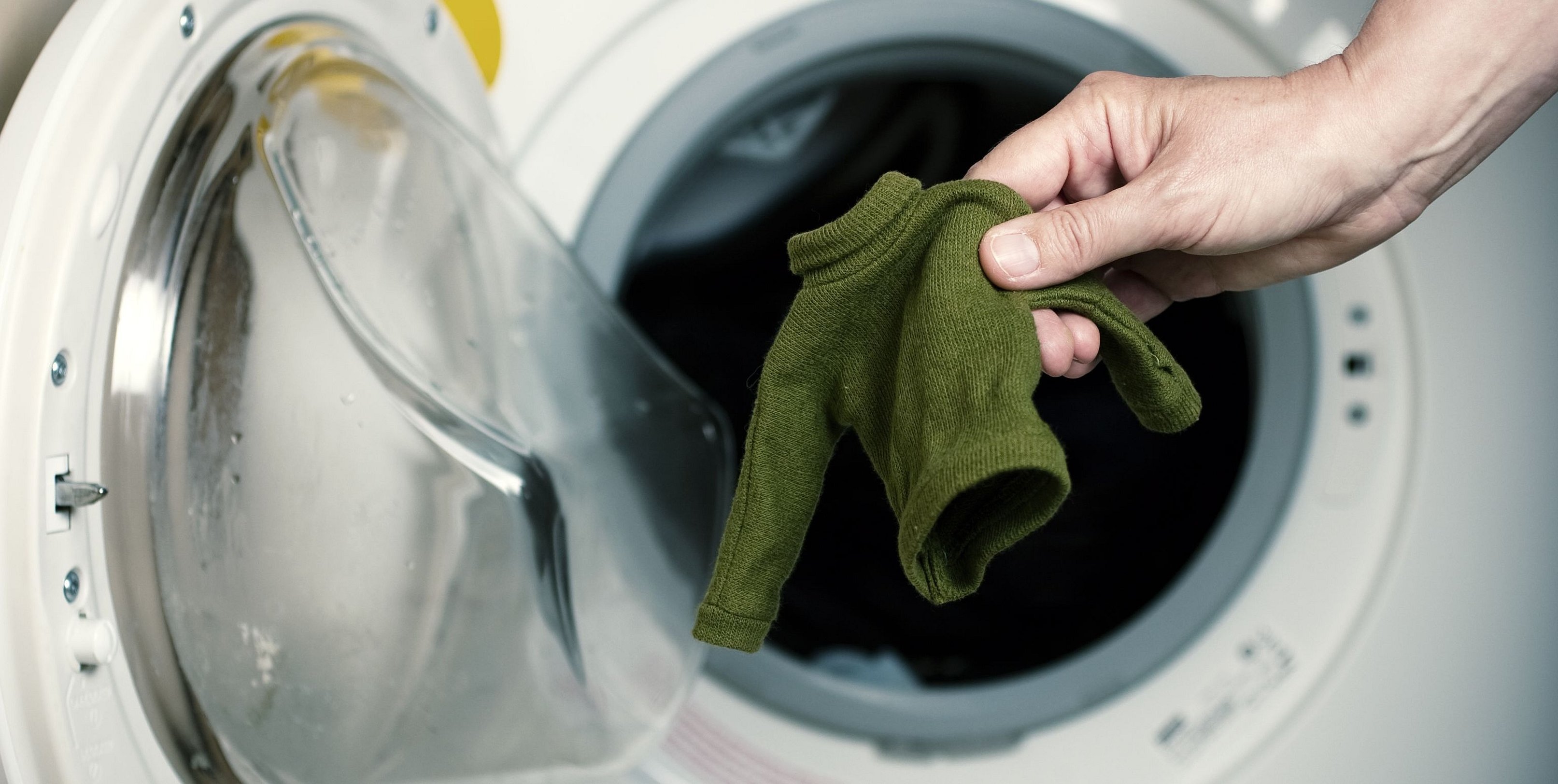
Please note! When buying, you should pay close attention to the quality of the material and the manufacturer. It is best to buy Turkish or domestic knitwear.
According to consumer reviews, knitwear is now considered one of the most popular and widespread. It is not only a popular trend in fashion, but also a comfortable type of clothing.
The choice of various knitwear options is so great that a person with any financial situation can afford to buy such clothes. In addition, the material is very convenient, as it does not require ironing after washing. Knitwear items are indispensable in the cold season.

Knitwear is a practical, popular and affordable material. Manufacturers offer a wide range of fabric types that differ in composition, weaving, finishing and processing. Thanks to this, everyone can choose the most suitable type of material in terms of price and individual preferences.


